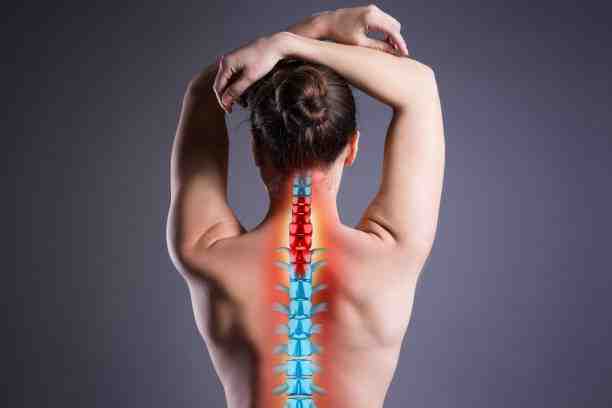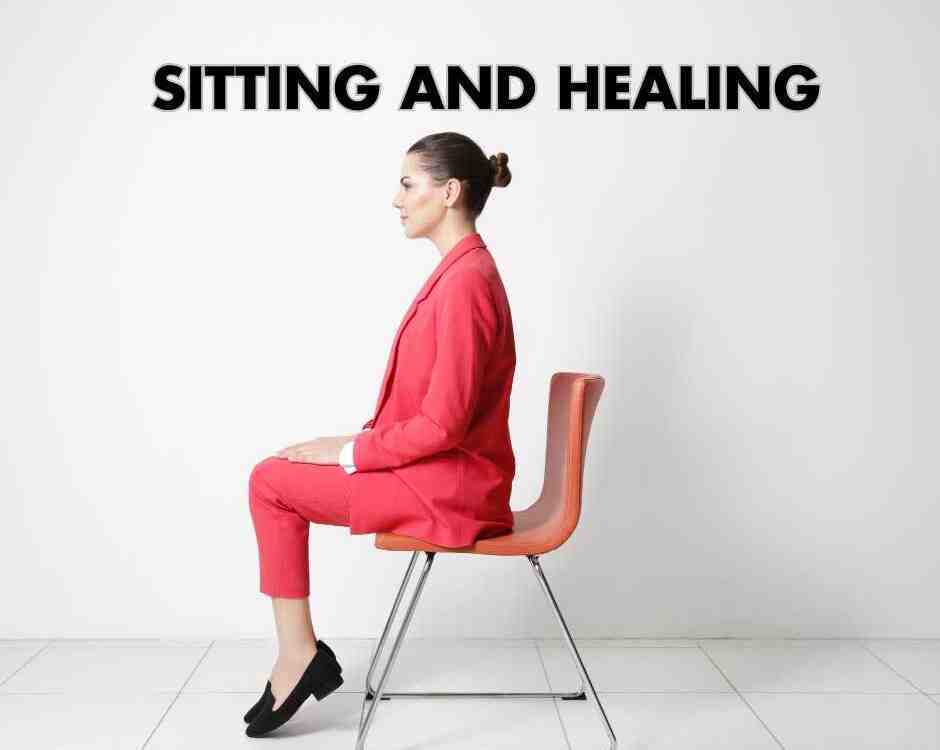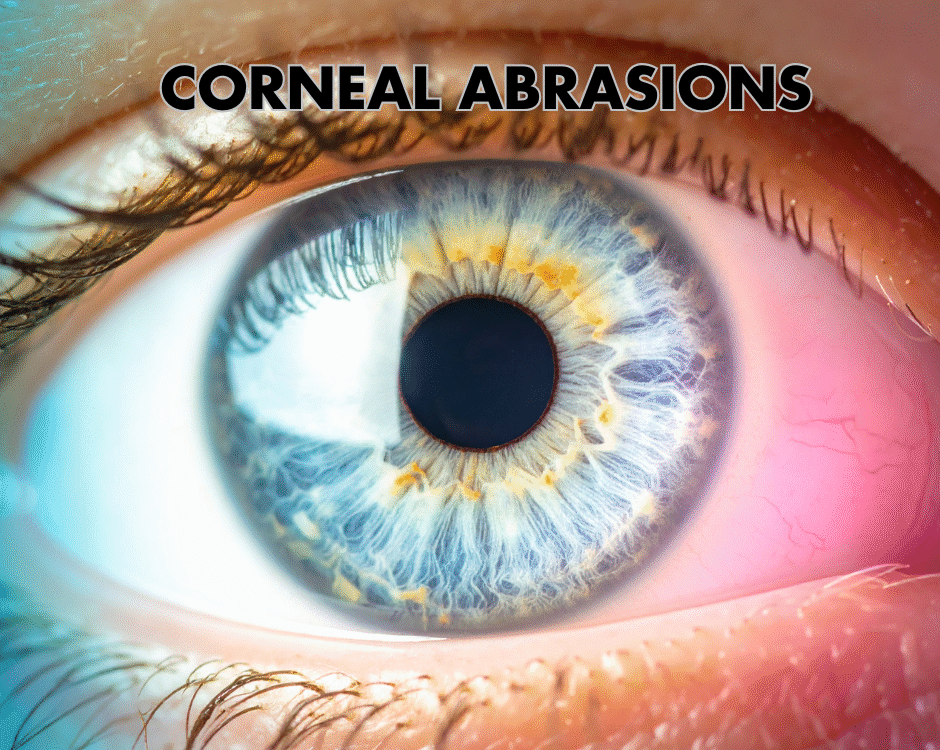Why Does The Cervical Curve Matter?

Why Is Napping Good For You?
August 23, 2022
What Is Cervical Strain and The Symptoms?
August 24, 2022Brenden Mahoney, DC
We’ve all been told to stand up straight in order to maintain proper posture. When doing so, or at least doing so correctly, the spine may appear straight, however, it is anything but. On X-ray it becomes apparent that the vertebrae, the small bones that are stacked on top of each other with shock absorbing discs sandwiched in between, are not neatly stacked in a straight line from top to bottom. Rather they are stacked in such a way that they form a series of three gentle alternating curves, or at least they should be arranged this way if everything is working correctly. Sometimes they aren’t and the curves straighten out or even become reversed. The importance of these curves as they relate to overall health is a matter of some debate, however, what cannot be debated is their impact on the mechanical functioning of the spine and on our ability to sit, stand and move pain free.
Arguably, the spinal curve that has the greatest impact on daily life is that of the neck. The cervical curve, as doctors call it, naturally curves slightly in and somewhat resembles a banana when viewed from the side on X-ray. The curve results from the intervertebral discs being slightly taller in the front than the side. The neck is made up of 7 vertebrae, which are numbered from top to bottom starting with C1 and ending with C7. The deepest part of the curve should be right in the middle at C4. This is the level that takes the most stress in day-to-day life, and is the most common site for osteo, or wear and tear arthritis to start.
Osteoarthritis results in the discs slowly thinning over time. As this happens, they flatten out and as they do the neck’s natural curve slowly begins to straighten out. Whiplash type injuries, which often occur in car accidents, result when the head is suddenly and forcibly moved back and forth. This puts a tremendous amount of force on the discs and muscles of the neck which can cause rapid straightening or reversal of the cervical curve. Furthermore, damage done to discs in such injuries can cause or hasten the development of osteoarthritis, leading to further loss of curvature. Loss of the cervical curve is important because the curve acts as a shock absorber. The average human head weighs about 10lbs, and as we move around the cervical curve reduces jarring forces which can cause headaches as well as neck and upper back pain.
Chiropractic care in conjunction with proper physical rehabilitation can help restore the cervical curve after an accident, as well as help to maintain the curve after it has been restored. Doctors of Chiropractic utilize, alone or in combination, a number of different methods to gently realign the vertebrae and reduce pain and restore function. These methods include manual, and instrument assisted adjusting techniques, cervical traction and a variety of specific therapeutic exercises which when tailored to the patient’s individual needs help to retrain and strengthen the muscles of the neck which will hold the bones in their proper places. In most cases, a successful course of treatment will help a person not only stand up straight, but get back to sitting, standing and moving with reduced pain and discomfort.
If you or somebody you know has been in a car accident, be sure that you seek medical attention from a car accident doctor or car accident chiropractor to treat your injuries. Visit Chambers Medical Group to receive world-class medical treatment for your injuries.
Chambers Medical Group has car accident medical clinics in the following locations:
- Car Accident Medical Clinic in Tampa
- Car Accident Medical Clinic in Plant City
- Car Accident Medical Clinic in Brandon
- Car Accident Medical Clinic in Lakeland
- Car Accident Medical Clinic in Sarasota
- Car Accident Medical Clinic in Louisville
- Car Accident Medical Clinic in Lexington
- Car Accident Medical Clinic in Florence




